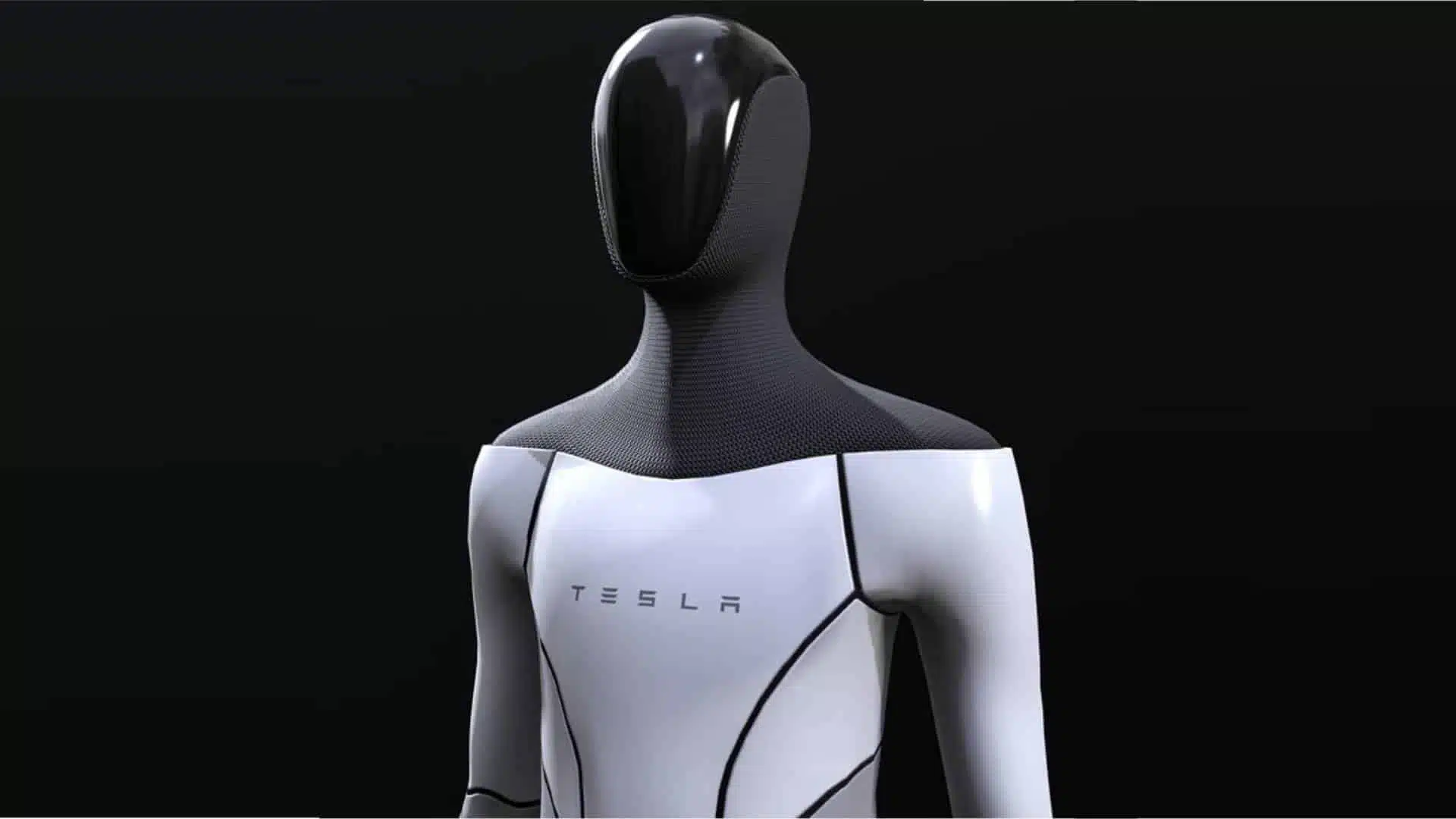NASA claims it requires a new breed “explorer-astronaut” in order to establish and manage an outpost on Mars.
The longest human journey to deep space is only two years away, a 30-day mission around the moon. NASA’s plans for expeditions are far from complete.
NASA plans to begin mining lunar surface for water, and other resources over the next five-years in preparation for long-term human presence.
According to NASA officials, ex-astronauts, experts on space travel, and others, the space agency has not yet developed a specialized training program.
NASA Administrator Bill Nelson stated in an interview that “this time you will need astronauts who are going to get out and live on the moon.” We’re going up there to build habitats. You’re going to need an entirely new type of astronaut.
Nelson stated that the goal is even more ambitious: “Sustain human existence for long periods of times in hostile environments.”
NASA’s Artemis project is nearing liftoff. However, it is becoming more apparent that even though the rockets and spacecraft are on schedule, the lofty goals of the program may need to be reduced by harsh realities.
Training is lacking
It will require a different kind of man and woman to face a completely new set of circumstances than those that NASA has been carrying out for decades on the International Space Station (now-retired) or the Space Shuttle.
NASA has just named its fourth new class of astronauts. Nelson described it as a mix of scientists, military pilots, and Olympians. It also offers “a lot of diversity.”
It hasn’t assigned crews to the two first crewed Artemis missions – the one-month trip around the moon and back to the surface of the Moon in 2024.
There is no training program available for moon missions.
NASA’s internal watchdog raised alarms over the absence of a more advanced training program to help develop a wider range of skills.
NASA’s Inspector General stated in a recent report that the Astronaut Office is currently developing a framework to support Artemis training. However, this framework has not yet been officially chartered or announced by any Artemis crews. “As such, mission-focused training has not begun for Artemis II — the first crewed Artemis flight.
In the end, training will be required for many tasks including operating various spacecraft and withstanding all the psychological and physical rigors of the lunar environment.
Philip McAlister, NASA’s mission director for the space station, stated in an interview that “We will have new training modules” and “new training protocols to accommodate lunar flights.” You might have several spacecraft, some shorter than others.
This means NASA must learn how to land on the Moon, something it hasn’t done since 1972’s final Apollo mission.
McAlister stated that while you might be able to fly up on Orion [the spacecraft], you will need to descend on the lander if you want to land on the surface.” That will require some special training.
Although many flight operations will be automated he said, “There’s always an opportunity for the crew.”
One of the other tasks on the moon missions is to supervise the extraction and storage of resources from the lunar surface.
Nelson stated, “We’re going be landing on South Pole of the Moon,” adding, “where we believe the resources such water are located, which then helps us make rocket fuel.”
This also means that we need to recruit more moon explorers with high-level training.
NASA’s IG reported that geology had been identified as a professional skill set required for Artemis missions on Mars and the Moon. “The corps currently employs four astronauts who have received professional training in geology-related areas, two of which have been with it for more than 15 years.”
“The Ernie Shackleton-type”
For the Artemis venture, a popular analogy is to the three expeditions to Antarctica that Ernest Shackleton led in the early 20th Century.
Jack Fischer, a retired Air Force Colonel, said that it was the Ernie Shackleton-type people who are willing to explore the world for humanity. He spent four-and-a-half months at the space station in 2017.
Human frailty and the unknown cost of spending more than a few hours in deep space may be the biggest hurdle.
Terry Virts (retired Air Force colonel, commander of the Space Station), said radiation is the main difference between the station and the moon and Mars. He flew the Space Shuttle to orbit aboard Russia’s Soyuz capsule. Deep space radiation is much more dangerous than in Earth. This is not something you need to do. It works. We are experts. It can give you cancer. It doesn’t take much to get cancer.
NASA admits that it doesn’t have the right space suits to support its lunar crews.
James Free, NASA’s associate administrator for exploration system development, stated that the new spacesuits will be needed to allow capabilities beyond those achieved in Apollo. NASA has started to collaborate with the commercial space industry in order to acquire new space suits.
The space agency intends to send many “robotic science investigations, technology experiments” to the moon. It has already contracted for seven lunar deliveries under the Commercial Lunar Payload Services program through 2024.
Free stated that some of these missions could help them find resources such as water and possibly extract those resources on Mars.
The new era in space exploration is not just about exploring the frontiers of science, it’s also about creating colonies far away from Earth. This will not only require robots, but also people.
Virts said that the development of techniques to enable astronauts to survive in deep space — and ensuring they have enough oxygen for breathing — requires more attention. He was part of an 8-member flight crew that broke the 2019 world record for circumnavigating Earth via both poles.
He stated, “The equipment [that will serve on the Artemis missions] should be what we practice on the space station.” You could gain five years of experience using a carbon dioxide machine, or the exercise equipment. Because it is so large, the exercise equipment on the space station will not go to Mars or the moon.
Depending on how long astronauts are expected to remain on the moon for, there is also the possibility of psychological trauma.
A recent study examined ways to deal with isolation from remote locations by studying the behavior and actions of two “space architects”, who participated in a 61-day mission to Northern Greenland to “simulate human life in the habitat as a prototype for a human settlement at the Moon.”
It was found that to minimize the effects of prolonged human isolation and feelings de resignation, new strategies will be required to maintain social contact, exercise, and ensure that daily tasks and activities are clearly defined.
NASA has a lot of work ahead of it to plan its future exploration missions.
Jack Stuster, a cultural anthropologist, and human factors expert, stated that every moment spent on the moon was planned during the Apollo program.
In 2019, he completed a study to Johnson Space Center that outlined the tasks and social and physically capable capabilities needed for long-term missions to deep space, including aboard the Gateway (a small lunar orbiting station NASA has proposed).
“It was absurd to have serious plans — people actually anticipating that this would occur within a decade — but without specifying what people would do during a mission to the moon, or to Mars,” Stuster stated in an interview.
“A different set of quality”
Others claim that the space agency underestimated the effort required to return to the moon for just a few days, as it did during the Apollo era. (The Apollo 17 mission was the longest time spent on the moon: 74 hours and 59 minutes, 38 seconds.
Donald Goldsmith, astrophysicist and coauthor of “The End of Astronauts”: Why Robots Are the Future of Exploration, stated that “Colonizing bottom of the oceans can actually be a lot simpler and we don’t discuss about doing that.”
He stated that NASA has the potential to return astronauts from Earth to the lunar surface. It hasn’t fully evaluated the “step from a few astronauts to a real moon colony.”
He said that “a couple of Apollo lander counterparts could live there for a while and supplies could arrive including fuel and food.” But how do you get out of that? It would be necessary to maintain a steady supply of goods. It’s a lot of work. They talk about mining the moon, which requires a lot more equipment.
Virts stated that he is especially concerned about the implications for the health and well-being lunar explorers.
He said that it was impossible to know the long-term effects of spaceflight because no one has provided health care for retired astronauts. “We don’t know if they have more broken bones or common colds. We don’t know if they have Alzheimer’s or get cancer more frequently.
He said, “That would have been a great piece of data before we sent guys off to Mars or the moon.” The Russians have the data. NASA doesn’t have the data.
The National Academies of Sciences, Engineering and Medicine are currently conducting a NASA-wide survey of biological and physical sciences. This includes a special focus on human spaceflight beyond low Earth orbit. The recommendations will not be available until 2023, just as the Artemis mission launches for its month-long lunar orbit.
Who will be the next generation of adventurers to pursue NASA’s larger moon goals? Fischer recalls a recent reunion with astronauts, where he sat beside Dylan Taylor (entrepreneur and CEO at Voyager Space), who was recently the 606th person to travel to orbit aboard Blue Origin’s New Shepard rocket.
Fischer stated that “I don’t know that they’ll be NASA”, and predicted that private astronauts could become the next deep-space vanguard. “I don’t know what NASA will look like in the future.” They will [need] another set of qualities.”

















One Response